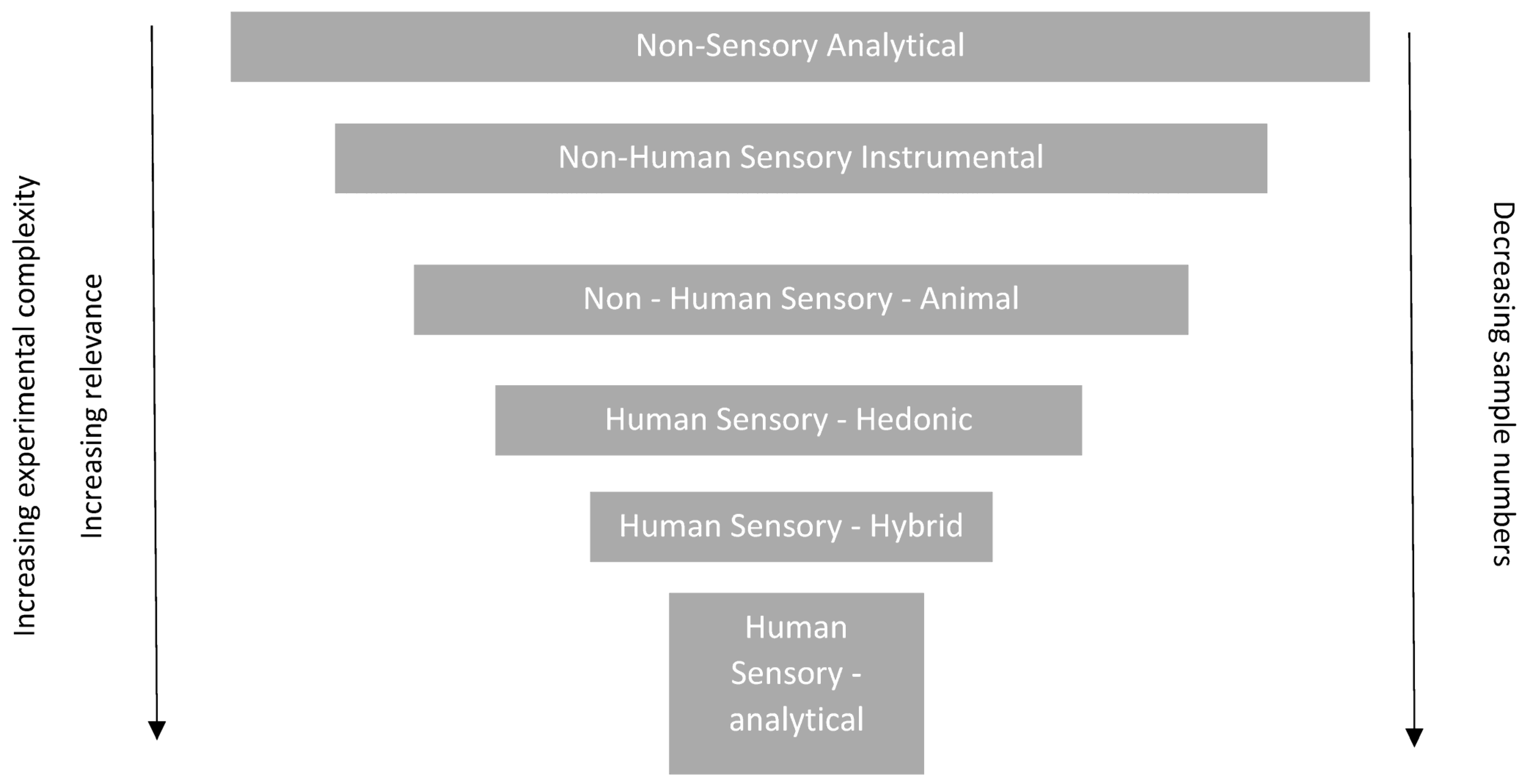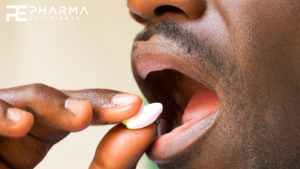A Guide to Best Practice in Sensory Analysis of Pharmaceutical Formulations

It is well established that treatment regime compliance is linked to the acceptability of a pharmaceutical formulation, and hence also to therapeutic outcomes. To that end, acceptability must be assessed during the development of all pharmaceutical products and especially for those intended for paediatric patients. Although acceptability is a multifaceted concept, poor sensory characteristics often contribute to poor patient acceptability. In particular, poor taste is often cited as a major reason for many patients, especially children, to refuse to take their medicine. It is thus important to understand and, as far as possible, optimise the sensory characteristics and, in particular, the taste/flavour/mouthfeel of the formulation throughout the development of the product. Sensory analysis has been widely practiced, providing objective data concerning the sensory aspects of food and cosmetic products.
In this paper, we present proposals concerning how the well-established principles of sensory analysis can best be applied to pharmaceutical product development, allowing objective, scientifically valid, sensory data to be obtained safely. We briefly discuss methodologies that may be helpful in reducing the number of samples that may need to be assessed by human volunteers. However, it is only possible to be sure whether or not the sensory characteristics of a pharmaceutical product are non-aversive to potential users by undertaking sensory assessments in human volunteers. Testing is also required during formulation assessment and to ensure that the sensory characteristics remain acceptable throughout the product shelf life.
We provide a risk assessment procedure to aid developers to define where studies are low risk, the results of a survey of European regulators on their views concerning such studies, and detailed guidance concerning the types of sensory studies that can be undertaken at each phase of product development, along with guidance about the practicalities of performing such sensory studies. We hope that this guidance will also lead to the development of internationally agreed standards between industry and regulators concerning how these aspects should be measured and assessed throughout the development process and when writing and evaluating regulatory submissions. Finally, we hope that the guidance herein will help formulators as they seek to develop better medicines for all patients and, in particular, paediatric patients.
Download the full article as PDF here: A Guide to Best Practice in Sensory Analysis of Pharmaceutical Formulations
or read it here
Clapham, D.; Belissa, E.; Inghelbrecht, S.; Pensé-Lhéritier, A.-M.; Ruiz, F.; Sheehan, L.; Shine, M.; Vallet, T.; Walsh, J.; Tuleu, C. A Guide to Best Practice in Sensory Analysis of Pharmaceutical Formulations. Pharmaceutics 2023, 15, 2319. https://doi.org/10.3390/pharmaceutics15092319
Read more on Orally Disintegrating Tablets (ODTs) here:


